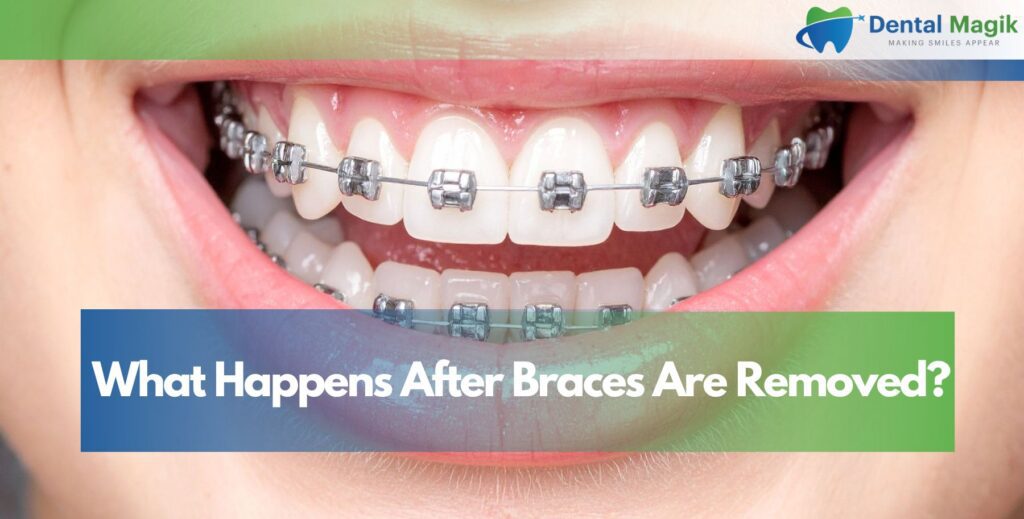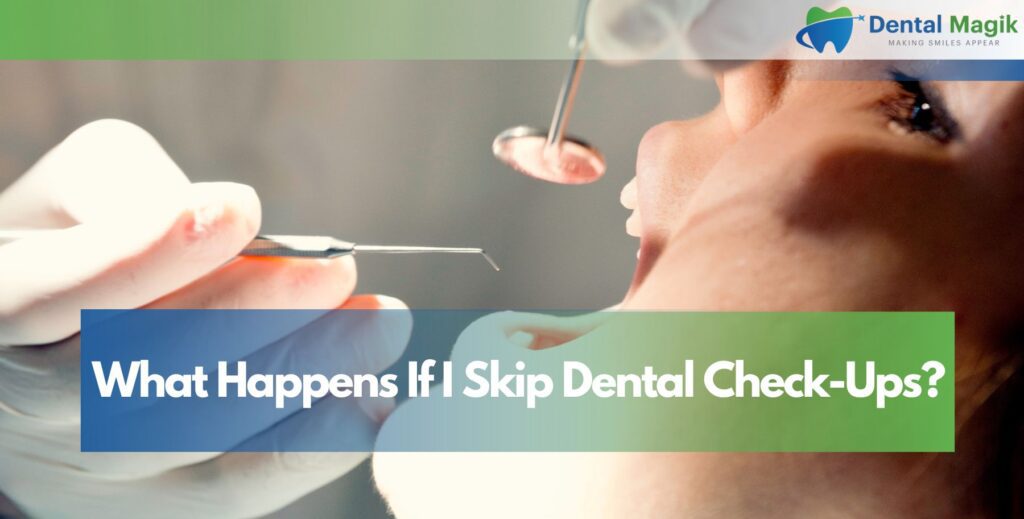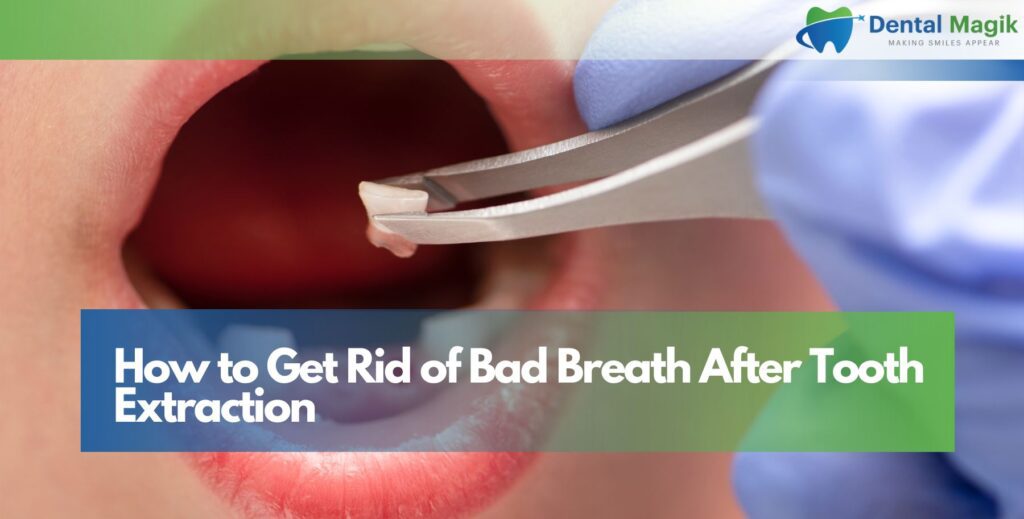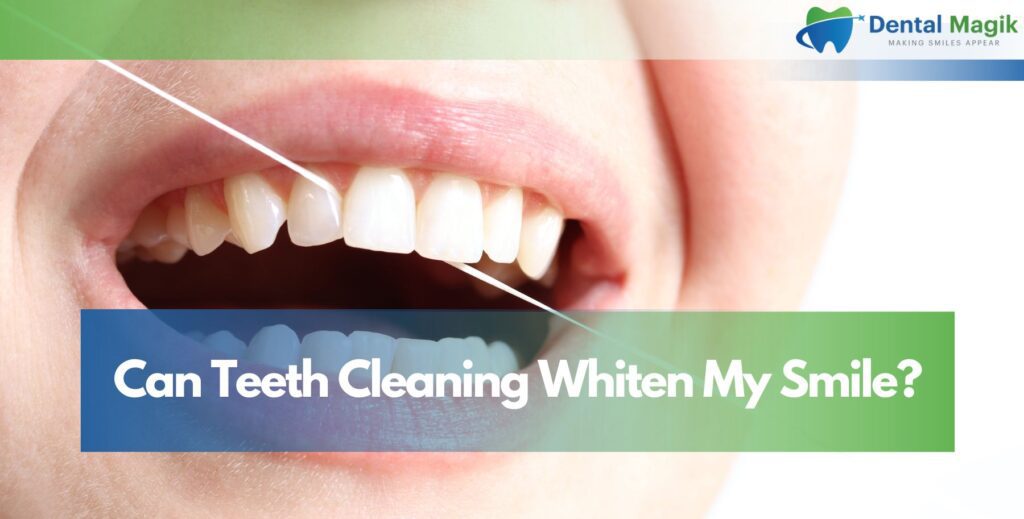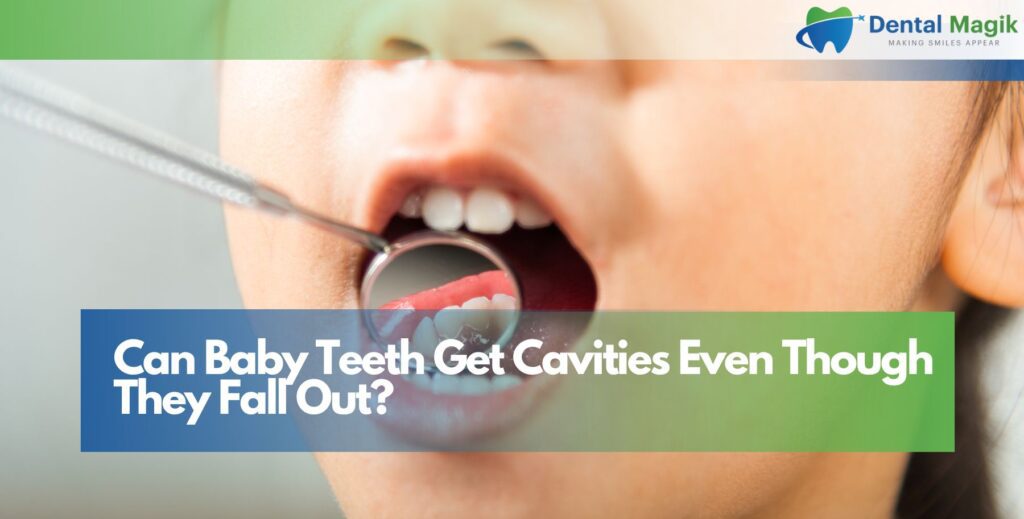Recovering from dental treatment can be challenging, especially when it comes to eating. Whether you’ve had a tooth extraction, dental surgery, or extensive restorative work, choosing the right foods is crucial for healing and comfort. Soft foods not only minimize discomfort but also help prevent complications and promote faster recovery. This comprehensive guide will help you navigate your post-treatment diet with confidence.
Why Soft Foods Matter After Dental Treatment
After dental procedures, your mouth needs time to heal. Hard, crunchy, or chewy foods can irritate surgical sites, dislodge blood clots, or cause pain in sensitive areas. Soft foods reduce the risk of complications while ensuring you still receive proper nutrition during recovery. They require minimal chewing, reducing strain on your jaw and treated areas while providing essential nutrients your body needs for healing.
The texture of food directly impacts your comfort level and healing process. Foods that are too firm can cause bleeding, delay healing, or even damage dental work. By choosing appropriate soft foods, you’re giving your mouth the best chance to recover quickly and effectively.
Essential Nutrients for Dental Recovery
Your body requires specific nutrients to heal effectively after dental procedures. Understanding these nutritional needs helps you make informed food choices that support recovery. Protein rebuilds damaged tissues, while vitamins and minerals strengthen your immune system and promote healing. Focusing on nutrient-dense soft foods ensures optimal recovery while maintaining comfort during the healing process.
Protein for Tissue Repair
Protein plays a vital role in healing damaged tissues and supporting your immune system. During recovery, your body requires adequate protein to rebuild and repair oral tissues. Soft protein sources help ensure you meet these nutritional needs without compromising comfort.
Vitamins and Minerals
Vitamin C supports collagen production and wound healing, while vitamin D and calcium strengthen bones and teeth. B vitamins help with energy metabolism and tissue repair. Incorporating nutrient-dense soft foods ensures your body has the building blocks necessary for optimal recovery.
Best Soft Foods by Category
Choosing the right soft foods involves understanding which options provide maximum nutrition while ensuring comfort during recovery. Different food categories offer unique benefits and textures suitable for post-dental treatment needs. From protein-rich dairy products to vitamin-packed fruits and vegetables, each category serves a specific purpose in supporting your healing journey and maintaining overall health.
Dairy Products
Dairy products are excellent sources of protein and calcium, both essential for dental health and recovery. Yogurt, particularly Greek yogurt, provides probiotics that support overall health while delivering substantial protein. Choose plain varieties to avoid added sugars that could irritate sensitive areas.
Milk-based smoothies offer versatility and nutrition. Blend milk with soft fruits like bananas or berries for added vitamins and minerals. Cottage cheese provides protein and calcium in a soft, easy-to-eat form. Soft cheeses like ricotta or cream cheese can be incorporated into various dishes.
Ice cream and frozen yogurt can provide comfort and pain relief, though they should be consumed in moderation due to sugar content. The cold temperature can help reduce swelling and numb discomfort.
Protein Sources
Eggs are perhaps the most versatile soft protein option. Scrambled eggs, egg salad, or soft-boiled eggs provide complete protein while remaining gentle on healing tissues. Prepare them with minimal seasoning to avoid irritation.
Fish, particularly salmon, tuna, or cod, can be prepared in soft, flaky textures. These provide omega-3 fatty acids that support healing and reduce inflammation. Avoid heavily seasoned or fried preparations.
Tofu and other soy products offer plant-based protein options. Silken tofu can be blended into smoothies or prepared as soft scrambles. Ground meat, when cooked thoroughly and kept moist, can provide necessary protein without requiring extensive chewing.
Fruits and Vegetables
Soft fruits provide essential vitamins and natural sugars for energy. Bananas are ideal due to their soft texture and potassium content. Applesauce, pears, and peaches (canned or fresh when very ripe) offer vitamin C and fiber.
Avocados provide healthy fats and can be mashed or blended into smoothies. Berries can be consumed if they’re very soft or blended to avoid seeds that might irritate surgical sites.
Cooked vegetables should be prepared until very tender. Steam or boil vegetables like carrots, squash, sweet potatoes, and cauliflower until they’re easily mashed with a fork. These provide essential vitamins and minerals while maintaining soft textures.
Grains and Starches
Soft grains provide necessary carbohydrates for energy during recovery. Oatmeal, cream of wheat, and quinoa (cooked until very soft) offer fiber and B vitamins. Prepare these with milk or broth for added nutrition and flavor.
Mashed potatoes are comfort food classics that provide carbohydrates and can be enriched with butter, milk, or cream for additional calories and flavor. Sweet potatoes offer beta-carotene and can be prepared similarly.
Rice, when cooked until very soft, provides easy-to-digest carbohydrates. Rice pudding combines the benefits of rice with dairy proteins and can be a satisfying dessert option.
Foods to Avoid During Recovery
Certain foods can significantly impede your healing process and cause unnecessary discomfort after dental treatment. Understanding which foods to avoid helps prevent complications such as bleeding, infection, or damage to surgical sites. Hard, sticky, spicy, and acidic foods pose particular risks during the initial healing period and should be eliminated from your diet temporarily.
Hard and Crunchy Foods
Nuts, seeds, chips, and crackers can damage healing tissues or become lodged in surgical sites. Raw vegetables like carrots or celery should be avoided until healing is complete. Hard candies and ice cubes can cause trauma to sensitive areas.
Sticky and Chewy Foods
Caramel, taffy, and gummy candies can stick to dental work or pull at healing tissues. Chewy breads and tough meats require excessive jaw movement that can cause discomfort and delay healing.
Spicy and Acidic Foods
Spicy foods can irritate healing tissues and cause burning sensations. Citrus fruits, tomatoes, and vinegar-based dressings can cause stinging and discomfort in sensitive areas. These should be avoided until healing is complete.
Meal Planning Tips
Effective meal planning during dental recovery ensures you maintain proper nutrition while minimizing preparation stress. Planning ahead prevents last-minute food decisions that might compromise your healing or comfort. Having suitable foods readily available helps you stay consistent with your soft food diet and supports steady recovery progress throughout your healing period.
Preparation Strategies
Prepare meals in advance when possible, as you may have limited energy or comfort for cooking during recovery. Batch cook soups, stews, and casseroles that can be reheated easily. Keep a variety of soft foods readily available to prevent nutritional deficiencies.
Texture Modifications
Use blenders, food processors, or immersion blenders to modify textures of favorite foods. Many regular foods can be adapted to become soft and suitable for post-treatment consumption. Gradually introduce foods with more texture as healing progresses.
Hydration Importance
Staying hydrated is crucial for healing. Water, herbal teas, and broths help maintain hydration while providing comfort. Avoid straws initially, as the suction can dislodge blood clots and delay healing.
Sample Meal Plans
Following structured meal plans takes the guesswork out of post-treatment nutrition and ensures you receive balanced nutrition throughout your recovery. These examples provide practical guidance for different recovery stages, from immediate post-treatment to gradual reintroduction of regular foods. Customize these plans based on your specific preferences, dietary restrictions, and healing progress.
Day 1-2 Post-Treatment
Breakfast might include smooth yogurt with mashed banana, followed by a protein smoothie mid-morning. Lunch could feature creamy soup with soft bread, while dinner might consist of scrambled eggs with mashed avocado. Snacks can include applesauce, pudding, or ice cream.
Day 3-5 Post-Treatment
As healing progresses, you can introduce slightly more varied textures. Oatmeal with soft fruit for breakfast, followed by tuna salad (finely chopped) for lunch. Dinner might include well-cooked pasta with soft vegetables and ground meat sauce.
Week 2 and Beyond
Gradually introduce foods with more texture while monitoring comfort levels. Soft-cooked chicken, tender vegetables, and softer fruits can be slowly reintroduced as healing allows.
Conclusion
Choosing appropriate soft foods after dental treatment is essential for comfortable recovery and optimal healing. By focusing on nutrient-dense, soft-textured foods, you can maintain proper nutrition while allowing your mouth to heal effectively. Remember that everyone’s recovery timeline is different, so listen to your body and progress at a pace that feels comfortable. If you experience persistent pain, unusual swelling, or other concerning symptoms, don’t hesitate to contact your Dentist in East Brunswick, NJ for guidance and support throughout your recovery process.
Frequently Asked Questions
How long should I eat soft foods after dental treatment?
The duration depends on the type of procedure performed. For simple fillings, you may only need soft foods for a day or two. After extractions or oral surgery, soft foods are typically recommended for 3-7 days, with gradual introduction of regular foods as healing progresses. Your dentist will provide specific guidelines based on your treatment.
Can I drink coffee or tea after dental treatment?
You can typically drink lukewarm coffee or tea, but avoid hot beverages for the first 24-48 hours as heat can increase bleeding and discomfort. Also avoid using straws, as the suction can dislodge blood clots. Let beverages cool to room temperature before consuming.
What if I’m not getting enough nutrition from soft foods?
Soft foods can be very nutritious when chosen carefully. Focus on protein-rich options like eggs, yogurt, and fish, along with nutrient-dense fruits and vegetables. Consider smoothies and protein shakes to supplement your intake. If you’re concerned about nutrition, consult with your dentist or a nutritionist.
Are there any soft foods that can help with pain relief?
Cold foods like ice cream, frozen yogurt, or smoothies can help numb pain and reduce swelling. However, avoid extremely cold foods if you have sensitive teeth. Anti-inflammatory foods rich in omega-3 fatty acids, like soft fish, may also help reduce inflammation.
When can I return to my normal diet?
This varies by individual and procedure type. Generally, you can gradually reintroduce regular foods after 3-7 days, starting with softer versions of your usual foods. Listen to your body and avoid anything that causes pain or discomfort. Your dentist will provide specific guidance based on your healing progress.
Can I eat fruits and vegetables after dental treatment?
Yes, but choose soft varieties or cook them until tender. Bananas, applesauce, and cooked vegetables are excellent choices. Avoid raw, hard fruits and vegetables initially. Smoothies are a great way to incorporate multiple servings of fruits and vegetables in an easy-to-consume form.


